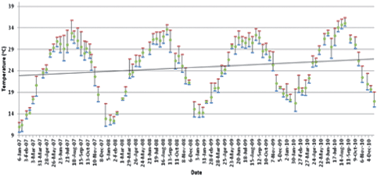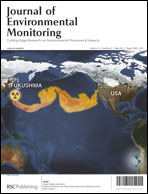Acidification in Arabian Gulf – Insights from pH and temperature measurements
Abstract
The detrimental effects of increasing atmospheric levels of carbon dioxide (CO2) and other greenhouse gases since the industrial revolution has led to a concerted international effort to control their release and abate the environmental and human health impacts. CO2 is removed from the atmosphere by photosynthesis of plants in the terrestrial environment and by aquatic sequestration. In the Middle East and other arid countries, terrestrial removal is minimal. The most likely removal pathway for CO2 in arid regions around the world is by aquatic sequestration. In the Middle East the major sink is the Arabian Gulf which leads to acidification of the marine environment. Biweekly pH concentration measurements in surface waters of the northern Arabian Gulf over a four year period in this study suggest that the Arabian Gulf waters are becoming increasingly acidic with time. Supporting evidence for increased CO2 sequestration comes from increased marine primary productivity over the past decade. Biological effects, such as coral bleaching, observed during this period suggest that urgent action is required to reverse the trend and protect marine life. The data highlight the fact that this semi-enclosed sea is undergoing a rapid degradation which may affect the oceanic chemistry and biogeochemical cycle much earlier than predicted for most oceanic waters.


 Please wait while we load your content...
Please wait while we load your content...